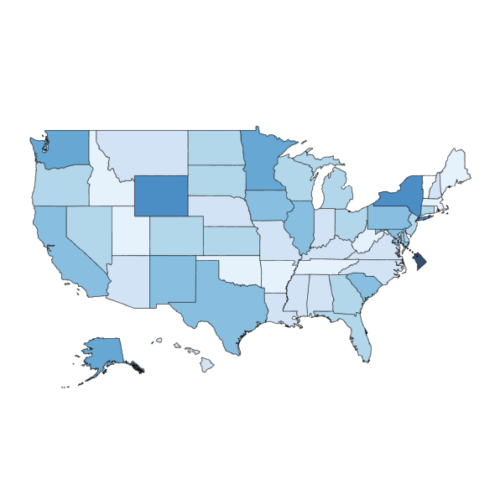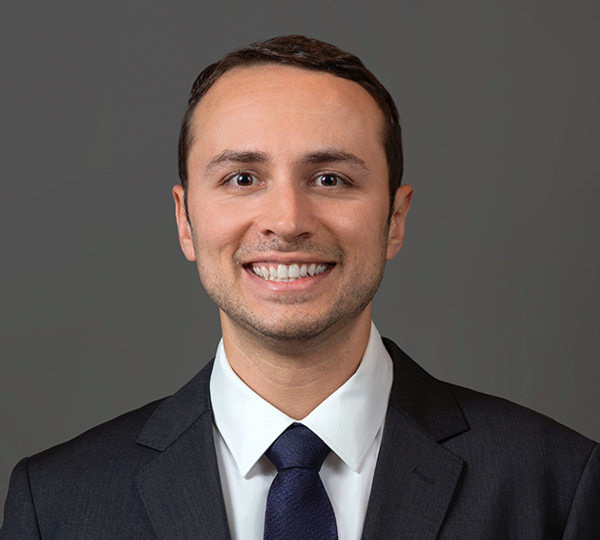For Lafortune, the most urgent takeaway is that school districts should raise the floor of what counts as “adequate” facilities, because we have so much evidence—thanks to the research by Lafortune and others—that degraded facilities undermine student academic performance. “There are schools that don’t have enough bathrooms, or functional classroom spaces, or the roof is leaking and there’s mold. There are HVAC issues where you don’t have adequate heating in the winter or cooling in the summer.”
Further, extreme weather and climate change amplify the problems of these inadequacies. As climate change brings hotter summers, extended wildfire seasons, and worsening air quality, these challenges become even more pressing. At the same time, the original construction of school buildings in many districts predates the birth of their current students’ grandparents. As extreme weather events increase, and decades-old buildings continue to deteriorate, Lafortune warns that student learning is likely to suffer. “There’s a lot of evidence on, for example, air quality and achievement consequences for students,” he noted, adding that states and districts ignore these facility issues to the detriment of students.
Over time, building codes, principles of human-centered design, and funding structures all require attention—and perhaps revision—in order to put the focus squarely on what matters: the experiences of the students in these buildings.




